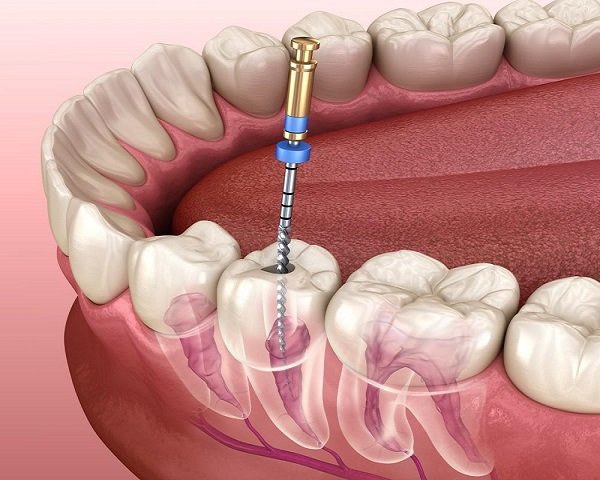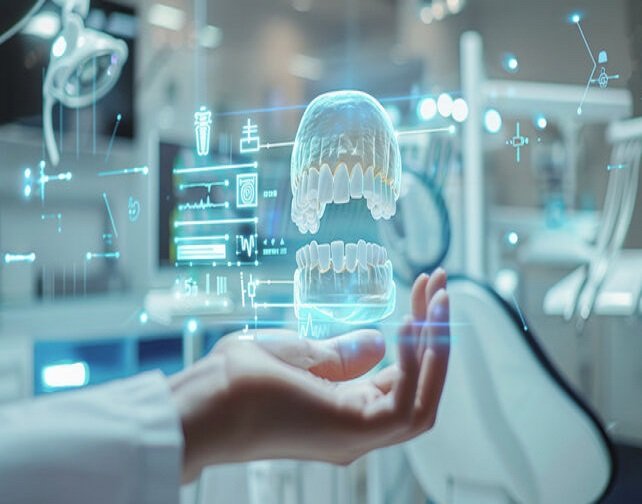Complications of Dental Implants and Soutions
Hello and welcome to another lesson of Dentistry 101 with me, Dr. Akash Chakravarthy. Now that we know “What are dental implants”, “How are they different from Removable Dentures” and “The cost of dental implants in India”, we can move on to having an honest discussion about the risks and complications associated with dental implants, along with the solution and what steps can be taken to avoid them.
It goes without saying that there are some risks associated with any type of surgery. The first step before the procedure is a thorough medical and dental evaluation which enables us to take necessary precautions with medication or with respect to modification in the surgical procedure. The risks associated with dental implants can be in the surgical or restorative phase.
The risks involved in the surgical phase are:
Bleeding:
While some amounts of bleeding is expected after the placement of the implant, typically the bleeding stops within 24- 48 hours of the surgery. We advise you to prevent biting or brushing on the surgical site following the surgery to prevent any more trauma. In some cases where prolonged bleeding is to be expected, the surgical site is packed with special hemostatic agents, ie, material that control bleeding, during the surgery.
Infection:
A poorly maintained implant site may get infected. This can also be the case with systemically compromised patients, like patients with diabetes. To prevent this an antibiotic cover is given pre and post the surgery.
Swelling:
Some amount of facial swelling is to be expected post surgery. This can be mitigated by using icepacks after the surgery. Additionally we advise our patients to keep their heads raised mostly and sleep with two pillows under their heads at night.
Pain:
As it is a surgical procedure, pain in the implant site cannot be avoided. However this can be managed by taking pain medication at regular intervals after the local anesthetic has worn off.
Temporary facial bruising:
While this is not very common, it might occur in some cases due to the manipulation of tissues. This will rapidly recede in a few weeks time.
While these are the most common problems encountered, there may be a few other issues too:
Rare Problems:
Bone fracture:
A very thin or weakened bone, eg, irradiated bone, can fracture during the procedure. Also improper size and position of the implant can also lead to a fracture of the bone. However, this can be avoided completely by proper treatment planning and using alternative methods to reinforce the bone.
Infection:
Keeping your mouth open for a long time can result in facial muscle spasms. These are temporary and can be controlled with anti spasmodic medication if necessary.
Damage to adjacent tooth roots:
An improperly placed or angulated implant, can impinge on the periodontal tissue of adjacent teeth, or outright damage the root. This is prevented by reading the CBCT properly and maintaining certain stipulated measurements which are adhered to by all good practitioners.
Nerve damage:
If an implant is placed too close to a nerve, the patient usually complains of prolonged numbness even after the anesthesia wears off. This is usually temporary and sensation returns back after nerve regeneration.
Sinus / nasal perforation:
The most important consideration wrt to upper arch is the position of the sinus, which we DO not want to perforate. In cases where the bone is dangerously close to the sinus, additional procedures like sinus lift procedures have to be planned for successful results.
A few points to be noted are:
Additional surgery to repair the problem.
Actual surgery maybe different than what has been planned.
Each person heals differently so trust the process and if you think there are issues with the healing, contact your dentist immediately.
Understanding the risks of the procedure helps make our patients make an informed decision. These will also set realistic expectations. If there is something that you don’t understand about the procedure, do not hesitate to ask your dentist about it.
The second type of complications that may arise are restorative complications, which by and large can be fixed with just proper planning or a retrograde treatment plan, i.e., working our way backwards from the desired final treatment.
RESTORATIVE COMPLICATIONS:
Implant osseointegration failure
If the bone fails to unite with the implant after the healing phase is over, the implant has to be removed and the placement of a new implant has to be considered.
Fracture of implant parts
There can sometimes be a fracture of implant components. Depending on the component and possibility of retrieval of the component, it can be changed.
Fracture of the crown
The fracture of the implant crown can be due to a number of reasons and unless the implant fixture is compromised, removing and fixing the issue with the crown, is enough.
For the success of the implant, it is critical that post operative instructions be followed to the tee. We will be following up on that in our next video. Till then, I hope this video helped you in making your mind up about dental implants. See you next time, till then, keep healthy, keep happy and keep smiling!













